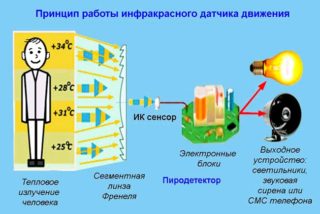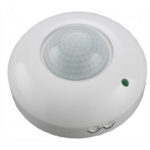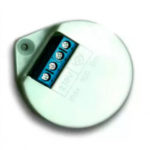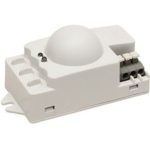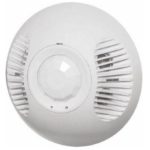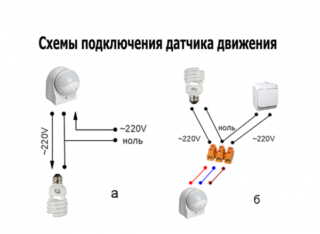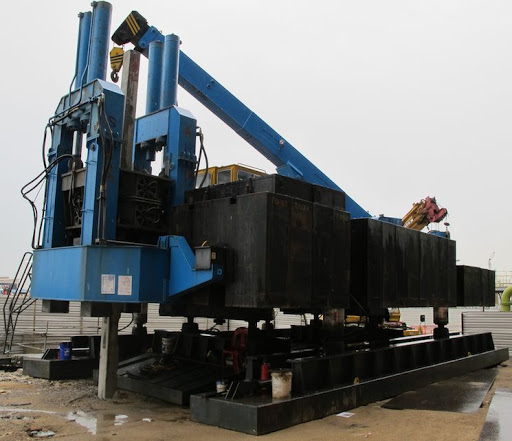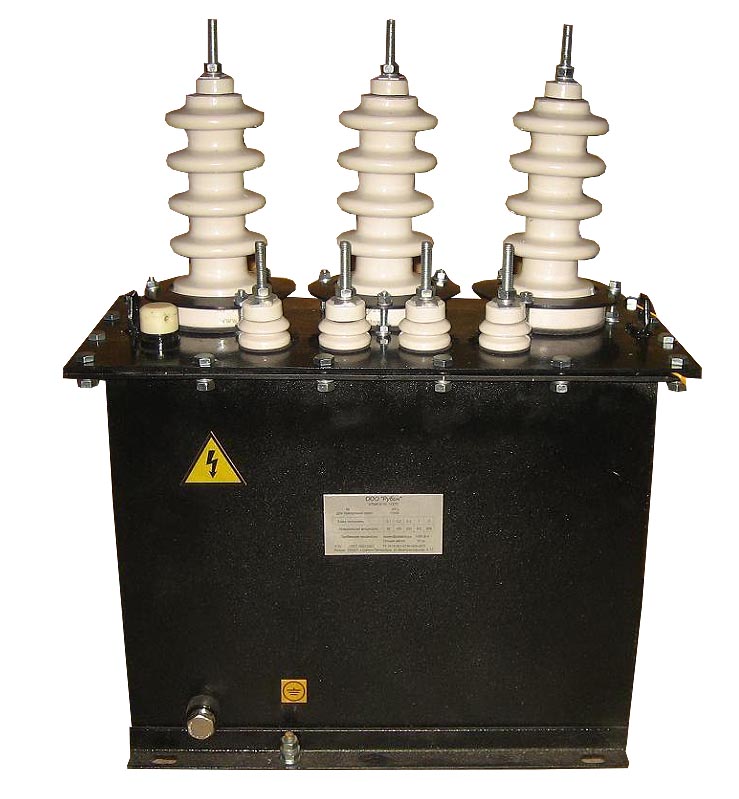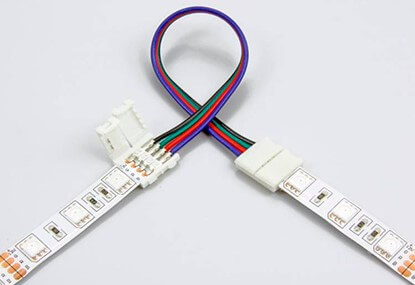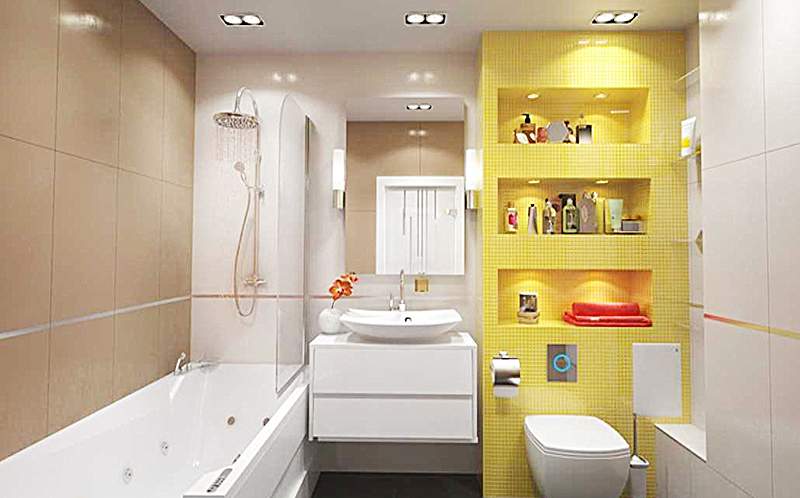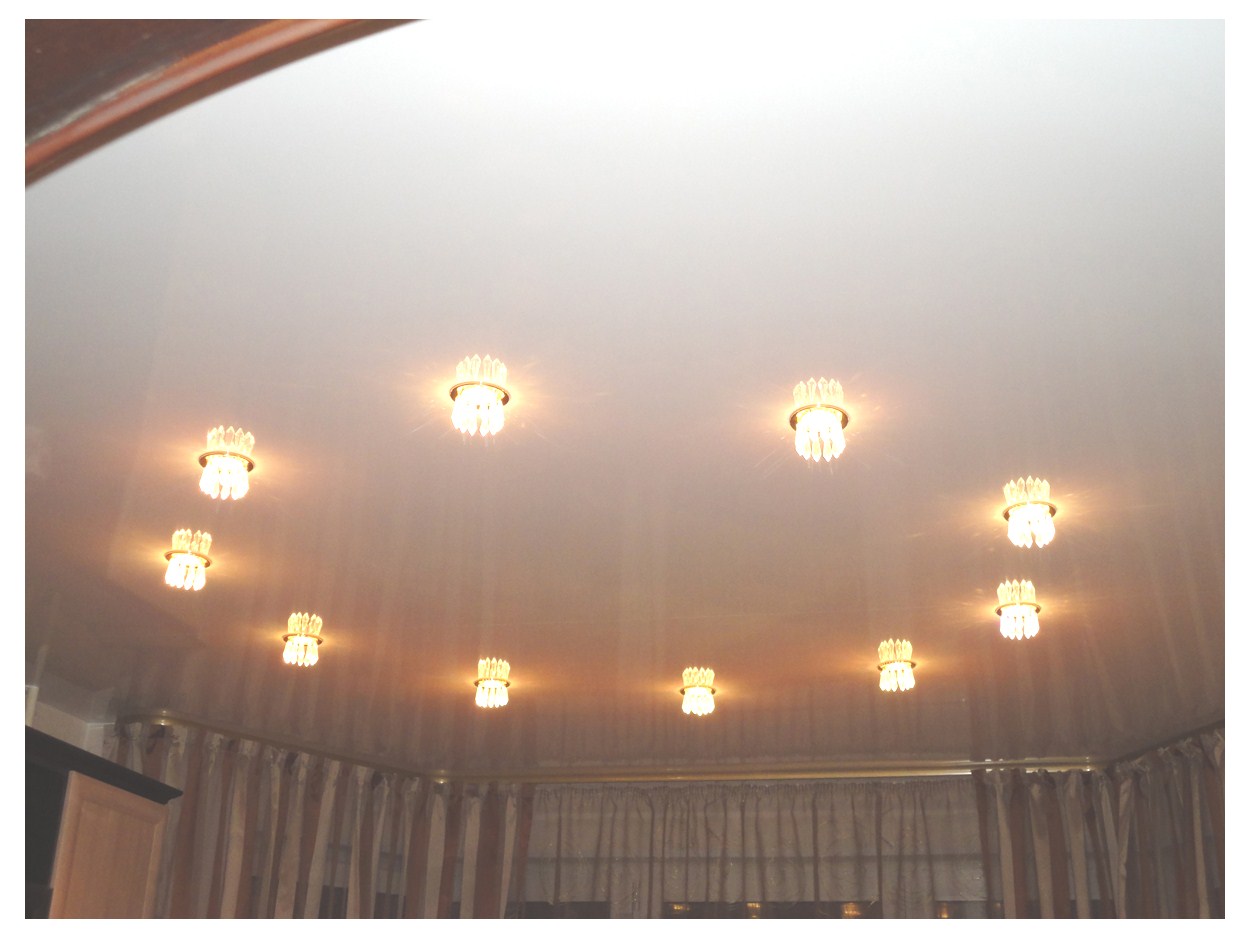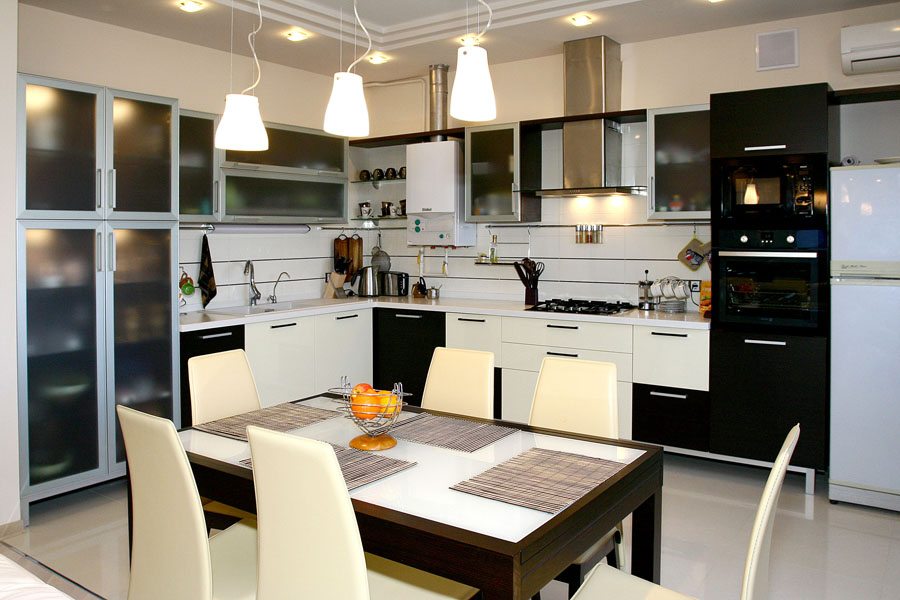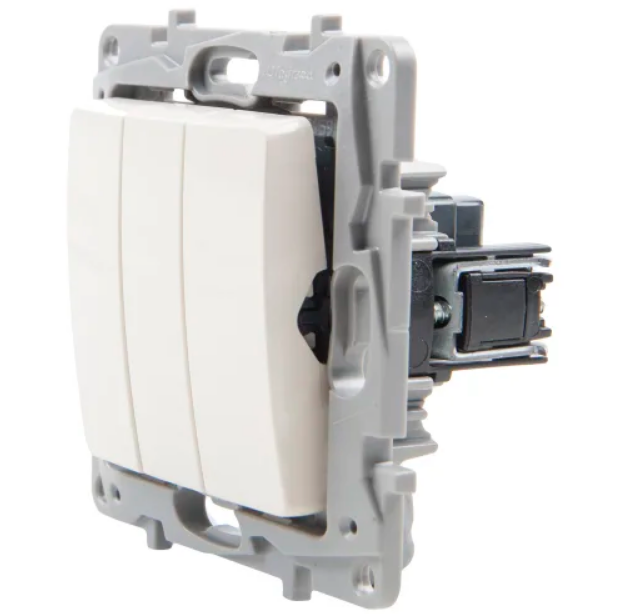A switch with a motion sensor that recognizes the approach of a person will help the owner of an apartment or private house save energy. To optimize the operation of the device and minimize the likelihood of false alarms, you need to choose the right installation location and configure the device.
Principle of operation
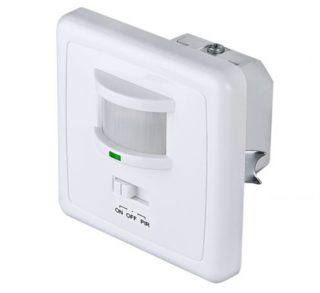
The switch for movement provides automatic switching on and off of lighting devices, focusing on certain environmental disturbances. The light turns on when the movement of living organisms is detected within the spatial limits of the detector's sensitivity. Models are available for various types of waves: infrared, ultrasound, microwave. This allows you to choose a product that suits the goals of the consumer and the conditions in which it is planned to operate it.
By the method of detecting the appearance of a person in the zone of susceptibility of the motion sensor (DD), the switches are classified into active and passive. The first ones themselves emit waves and track the nature of their reflection. Triggering occurs when the distances covered by the pulse from the sensor to the obstacle and back are not identical - this indicates that the obstacle is a moving object. Such mechanisms work with radio waves or ultrasound. The latter, although not perceived by the human ear, causes a lot of anxiety for pets, so pet owners are not recommended to choose such products.
Passive sensors do not emit waves, but only pick up heat impulses from a living organism of sufficient weight. They are more democratic in terms of price, simpler arranged than active ones, but when they are used, the probability of erroneous operation is higher.
There are mixed-type DDs that integrate the mechanisms of active and passive devices.
Varieties of motion sensors
Switches with a motion sensor can work with different types of wave emissions. This creates a difference in the preferred conditions of use of the devices. In addition, they also differ from each other in such parameters as the size of the working area, the signal transmission distance, the number of simultaneously operating lighting devices, and the viewing angle.
Overview of sensor types
The following types of sensors are distinguished:
- Infrared - react to heat radiation emitted by humans and warm-blooded animals, which can lead to false inclusions, especially in the case of large dogs. They have a democratic price and a large radius of the working area.
- Acoustic - they react to sound: the creak of a door, the clatter of heels, clap of hands. Like the previous type, they belong to the class of passive devices. Since the sound vibrations arising in the field can have different origins, the scope of application of devices of this group is very limited: they are suitable for the basements of private houses, where the sound source is always the approaching owner. Also, such a switch can be connected in the corridor of a public building.
- Generating microwave radiation and tracking the movement of waves. When a moving object appears, the contacts close or open. Particularly sensitive models are able to recognize the approach even from behind an obstacle, therefore they are often used in security systems.
- Emitting ultrasound. The principle of operation is similar to the previous type, only the nature of the radiation differs. In apartments and private households where there are animals, you should not use such devices.
To improve the accuracy of signal reading, detectors of various types can be built into the sensor. Such models are more expensive, but more precisely in action, have a low percentage of false positives and flexible customization options.
How to choose an installation location
For the sensor to read the ambient readings correctly, you need to place the device in an area where it will not be affected by factors that distort the readings. Do not obstruct the switch with large pieces of furniture. Also, there should be no batteries or heating equipment near the DD - this is especially important in the case of infrared options that react to heat waves. Lighting fixtures should also not be placed next to the switch.
Connection diagrams
Both of these devices are installed in the same wire break. At the same time, the photo relay is placed in front of the DD - then electricity will be supplied to it only in the dark, and the structure will not function idle. This scheme will extend the service life of DDs: they are all created with the expectation of a limited number of operations.
Schematic installation diagrams
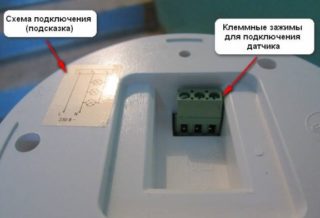
Typically, the kit comes with the sensor instructions describing how to install it, and provided with a wiring diagram. In general terms, the installation looks like this:
- the sensor is placed in a wire break;
- into the terminals marked with the letters L (phase) and N (zero), connect the cores of the relying wires;
- the output from the third terminal leads to the lamp.
If automatic detection is not enough and the user wants to implement a manual method of lighting control, this can be done in two ways. In the first case, the switch is mounted in a phase wire extending to the DD from the shield - then, in the open state, the device does not read the signals and does not supply voltage to the lamp. In the second, the key is placed in a line running from the phase to the input of the light bulb, and then, when closed, the light will remain on, even if the DD does not work.
If it is necessary to put more than one DD, they are connected in parallel, while the wires from each sensors go to the lamp input, and the lighting turns on if any of them is triggered. Another option is to purchase lamps with a DD built into the body.
Energy-saving lamps tend to fail quickly with frequent switching on and off from the network, therefore, it is not worth using them for a network with DD without a special protection unit - the saving effect will be reduced to zero.
The block is placed in front of the lamp after the DD. It provides leveling of voltage drops in the network, because of which the bulbs will not burn out so quickly.
Connection setup
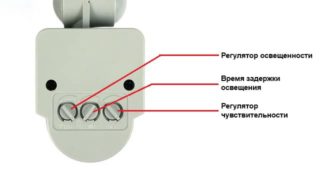
To optimize the operation, the switch with DD must be correctly adjusted. Calibration is necessary for three indicators - shutdown delay time, susceptibility and illumination.
Time setting
The duration of the delay is a highly variable parameter: in some models it is equal to 3 seconds, in others the maximum possible value reaches 10-15 minutes. The knob itself is usually listed as “Time”. Calibration can be done as follows: after setting the desired value, wait for the light to turn off. If the time interval seems too long or short, adjust it in the desired direction.
Illumination degree
Its regulator is available only for models with a built-in photo relay. He signs himself as “Lux”. When connecting, the sensor is set to the maximum value, and when it starts to darken, it is turned off until the light turns on.
Sensitivity setting
The parameter is indicated by “Sen”. It determines the frequency of false triggers associated with the movement of pets. Owners of large dogs will not be able to avoid such alarms, but for smaller animals it is possible. Calibration begins with setting the minimum value and testing on yourself and on the animal. The indicator is added as needed.
Device selection
In order to choose the right model of a circuit breaker with a DD, the user needs to take into account the restrictions imposed by different types of devices. The operating conditions of the device must also be taken into account.
Buyers Tips
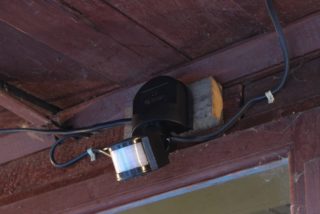
IR sensors are often used in kitchen switches and other devices designed to be used strictly inside the home. They are also suitable for street lighting, and for corridors and staircases it is better to choose other options that are less prone to false positives.
When installing the switch, you need to think over its location so that direct rays of the sun and the radiation of lighting devices do not fall on it, otherwise it will quickly fail. For flexible adjustment of illumination, you must choose a model equipped with a built-in photo relay.
It is necessary to pay attention to the power of the load connected to the device. If the total power of the bulbs exceeds that for the sensor, the load will have to be divided between two DDs.

